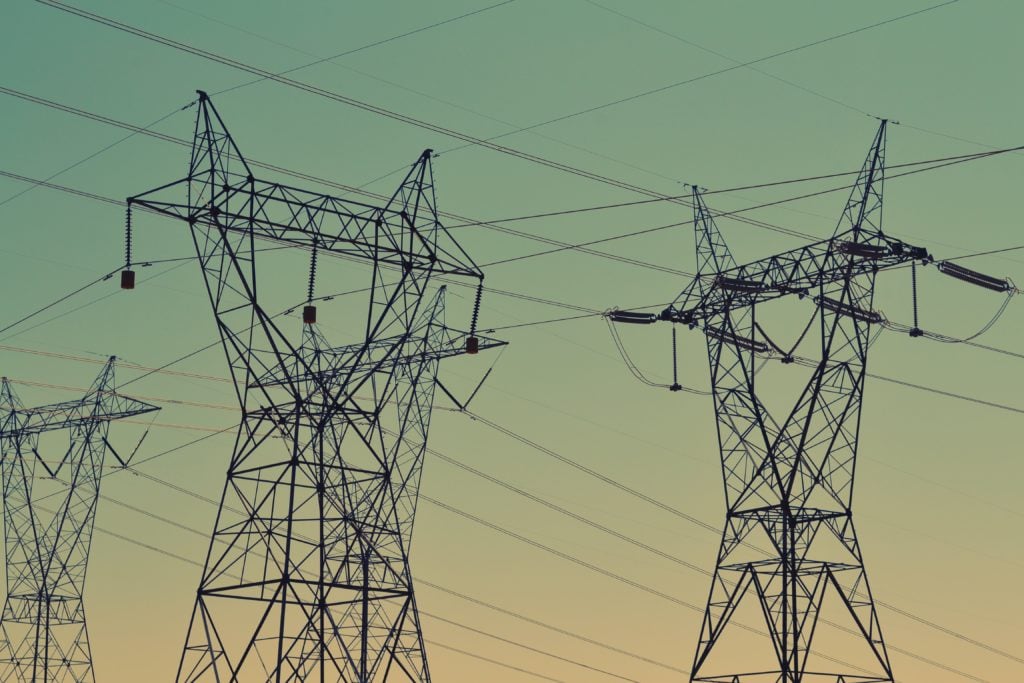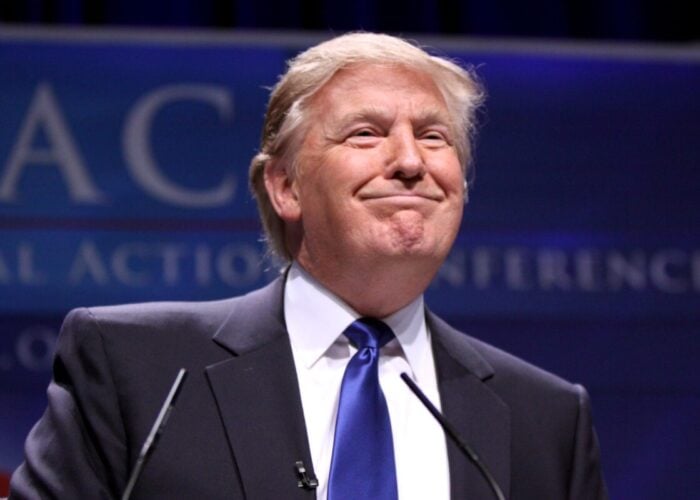
The US Department of Energy (DOE) has released more details about, and sought more engagement with, its Interconnection Innovation e-Xchange (i2X) programme at the RE+ industry event in Anaheim, California.
Created to analyse and address the US’ interconnection problems – there is currently more than 1.4TW of renewables and storage in the country’s queues, of which more than 700GW is solar PV – the i2X initiative, announced back in June, is essentially a stakeholder engagement and strategic planning exercise.
Unlock unlimited access for 12 whole months of distinctive global analysis
Photovoltaics International is now included.
- Regular insight and analysis of the industry’s biggest developments
- In-depth interviews with the industry’s leading figures
- Unlimited digital access to the PV Tech Power journal catalogue
- Unlimited digital access to the Photovoltaics International journal catalogue
- Access to more than 1,000 technical papers
- Discounts on Solar Media’s portfolio of events, in-person and virtual
i2X will address the core issues surrounding grid connection through its ‘four pillars of support’, which are increasing stakeholder engagement, having better and more transparent data, developing a five-year strategic roadmap and providing technical assistance to partners.
One of its objectives is to unleash the enormous amount of bulk power currently sat dormant in US interconnection queues, helping to ramp up deployment in line with the country’s climate targets. Today’s presentation at RE+ showed how the US will have to deploy an average of 30GW of solar capacity per year to 2024 and 60GW per year in 2025-2030 to meet those targets. It installed 15GW in 2020.
Michele Boyd, strategic analysis and institutional support program manager at the DOE’s Solar Energy Technologies Office (SETO), who delivered the first part of the conference presentation, said a “paradigm shift” in interconnection was needed to reduce delays and boost deployment.
To get anywhere close to its climate targets, which will require a five-fold increase in solar and wind deployment every year through to 2035, the US needs to at least halve the amount of time it takes projects to connect to its grid system, with this being a lower end and unambitious estimate.
But the challenges are myriad. These range from limited transparency, lengthy queues, lack of fair allocation processes, high impact study costs, complexity of interconnection application, coordination issues and system upgrade costs, according to the presentation.
Phase 1 of i2X, which will run until 2023, is related to partner engagement and designing its 5-year roadmap for interconnection reform. Phase 2, which will start next year and run until 2028, will then look to implement the actions identified in the roadmap and make the US’ grid system more adaptable and easier to connect to, which will help developers currently despairing at long wait times.
The roadmap will include yearly targets for metrics that show progress along the root to net zero by 2050, a plan for improved data collection and transparency, solutions and technology gaps, sprint studies of better queue and alternative queue systems and model improvements for new queue procedures and cost allocations, among other things.
Ammar Qusaibaty, technology manager at SETO who spoke for the second part of the conference presentation, said “success” for the initiative in the long-term – i.e. by 2050 – would mean no issues surround interconnection reform, with the US moving toward a ‘Connect and Manage’ or ‘flexible interconnection system’.
Under this, interconnection process are conducted quickly, operations and maintenance is continuously improving system design and performance and there is space for large amounts of bulk renewable generation to join a strengthen US grid system.
Members of the initiative now number more than 400. When it was launched in June, that number stood at just 193. Boyd presented data about current members as she called for further engagement with the initiative and announced it was looking to hire experts to help lead the programme forward.
Currently, nearly 50% of member are either developers, EPCs, IPPs or solutions providers. Consultants and lawyers make up 12%, with the next biggest groups being research institutions (9%) and utilities (7%).
PV Tech Premium has previously discussed the role of the Lawrence Berkeley National Laboratory (LBNL) in the i2X initiative and, specifically, roadmap design, which you can read here.
Also, the latest edition of PV Tech Power (Vol. 32), in which we explore i2X through conversations with Boyd and other experts, has also been released and is available at the RE+ show.







